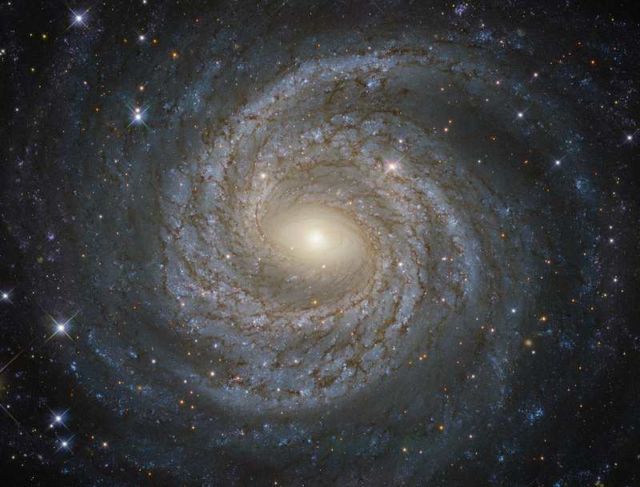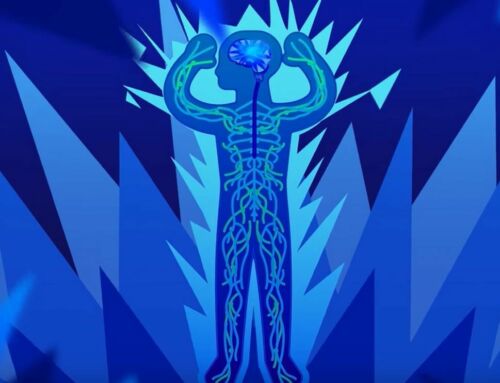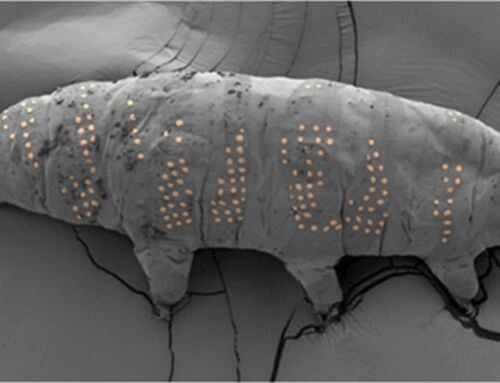Scientists announce the “possible discovery” of a fifth force of nature.
The Universe are governed by four fundamental forces.The Strong, the Electro-magnetic, the Weak and Gravity.
The three forces are all part of the Standard Model of particle physics, and can be explained through quantum mechanics. Gravity is dependent upon Einstein’s Theory of Relativity.
Now the discovery of a possible fifth fundamental force, to explain dark matter, could change our understanding of our Universe.
Recently published in the journal Physical Review Letters, a research team from the University of California, Irvine explain the evidence of a new type of boson.
This boson apparently does not behave as other ones do. This indication leads scientists to another force of nature, governing fundamental interactions.
Lead researcher Attila Krasznahorka and his colleagues claimed that what they were observing might be the creation of “dark photons”. In short, they believed that they might have at last found evidence of Dark Matter, the mysterious, invisible mass that makes up about 85% of the Universe’s mass.
Jonathan Feng, a professor of physics & astronomy at UCI, one of the authors on the paper, said:
“If true, it’s revolutionary. For decades, we’ve known of four fundamental forces: gravitation, electromagnetism, and the strong and weak nuclear forces. If confirmed by further experiments, this discovery of a possible fifth force would completely change our understanding of the universe, with consequences for the unification of forces and dark matter.”
But we need to confirm the existence of this particle through further experiments.
Feng explains:
“The particle is not very heavy, and laboratories have had the energies required to make it since the ’50s and ’60s. But the reason it’s been hard to find is that its interactions are very feeble. That said, because the new particle is so light, there are many experimental groups working in small labs around the world that can follow up the initial claims, now that they know where to look.”
via space.com






Leave A Comment